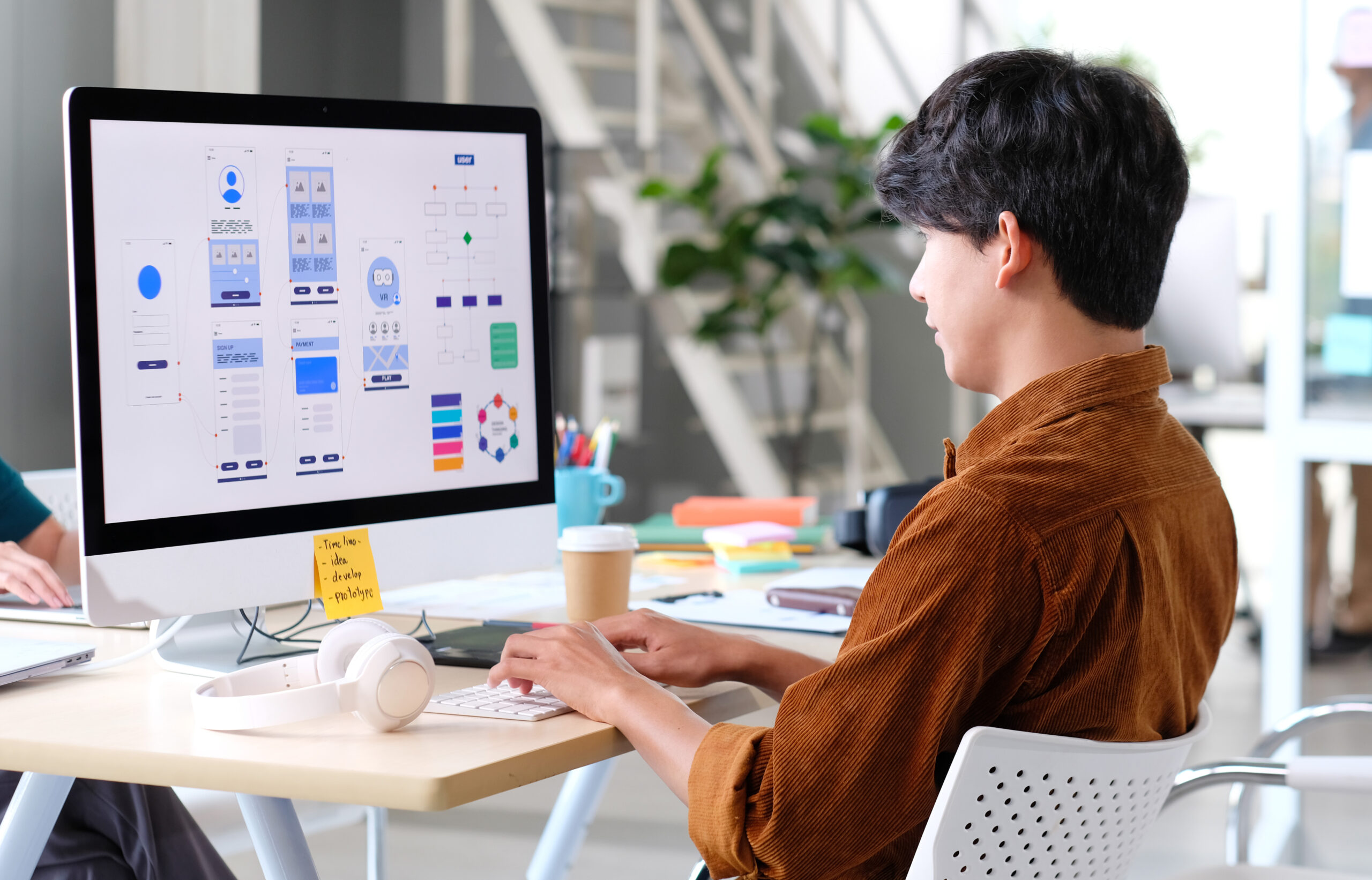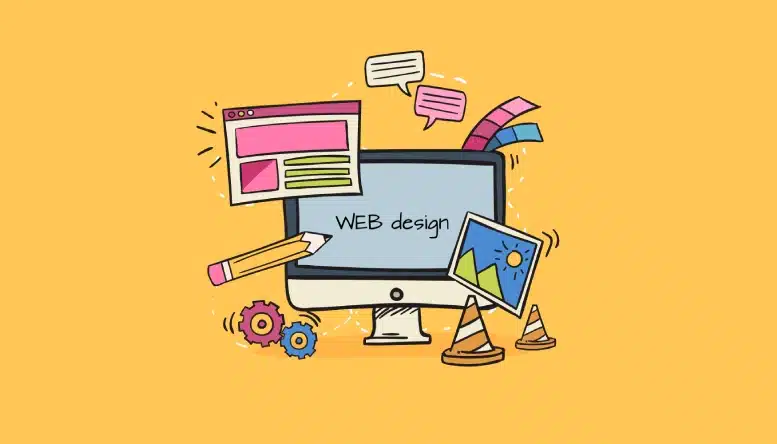Aligned Position Web Design: Boost Your Brand’s Visibility with a Stunning Website
Aligned Position Web Design: Boost Your Brand’s Visibility with a Stunning Website
Blog Article
The Best Sorts Of Website Design to Improve User Experience and Interaction
In the ever-evolving landscape of digital communication, the efficiency of Web style substantially affects user experience and interaction. Numerous layout approaches, such as minimalist, receptive, and interactive formats, each offer one-of-a-kind advantages that can cater to diverse user needs.
Minimalist Web Design
As electronic landscapes come to be significantly chaotic, minimalist Web style has become a powerful strategy to enhancing individual experience. This layout viewpoint focuses on simplicity, concentrating on essential elements while getting rid of unneeded diversions. By using sufficient white space, straightforward navigation, and a minimal shade palette, minimalist style cultivates clearness and directs customer interest to essential web content.
The core concept of minimalist Web style is to produce a smooth interaction for users. By lowering cognitive tons, users can promptly comprehend info without feeling bewildered. This straight approach not just improves functionality but also motivates engagement, as site visitors are much more most likely to check out a site that is visually enticing and easy to browse.
Furthermore, minimal style frequently stresses typography and imagery, making use of these elements strategically to share messages efficiently. This emphasis on important parts can enhance brand identification and create an unforgettable user experience. In essence, minimal website design is not simply a trend; it is a thoughtful approach that recognizes the importance of user-centered style. By removing away additional elements, designers can develop a more engaging, effective, and satisfying Web experience for all individuals.
Responsive Website Design
In today's varied digital setting, responsive Web layout has actually become essential for developing a seamless customer experience across a plethora of devices. As individuals accessibility websites on smart devices, desktops, tablet computers, and laptop computers, the ability of an internet site to adapt its format and material to different display dimensions and resolutions is essential.
Responsive Web layout uses flexible grids, photos, and CSS media inquiries to make sure that Web content exists efficiently, regardless of the tool made use of. This technique not just enhances the aesthetic allure of a web site yet additionally considerably enhances use. Customers are most likely to involve with a website that offers a constant experience, as it gets rid of the aggravation of needing to focus or scroll exceedingly.
By adopting receptive design, organizations can improve their presence and get to a wider audience. In summary, receptive Web design is an essential practice that improves customer experience, engagement, and general contentment.
Interactive Website Design
Responsive website design lays the groundwork for boosting individual experience, but interactive Web layout takes this a step additionally by involving users in a much more vibrant way - Aligned Position Web Design. By incorporating aspects such as computer animations, clickable models, and real-time comments, interactive website design captivates individuals, attracting them right into a richer surfing experience
This method not only promotes involvement yet additionally urges users to check out content proactively instead than passively eating it. Strategies such as gamification, where users gain benefits for completing jobs, can significantly enhance the time invested on a site and enhance general contentment. Interactive functions can simplify complex information, making it more digestible and pleasurable.

Including interactive style elements can additionally lead to higher conversion prices, as users are more probable to involve with a site that actively includes them. Aligned Position Web Design. Inevitably, interactive website design changes customer experiences into unforgettable trips, ensuring that visitors return time and once more
Flat Design
Defined by its minimalistic technique, level style stresses simpleness and capability, stripping away unneeded aspects and concentrating on important functions. This style viewpoint prioritizes functionality, making sure that users can navigate user interfaces effortlessly and efficiency. By using a tidy visual, level style gets rid of the mess commonly discovered in a lot more elaborate styles, consequently improving user concentrate on content and capability.
The trademark of flat design exists in its usage of strong colors, simple typography, and geometric forms. These aspects add to an aesthetically attractive interface that is both modern and friendly. Additionally, flat layout cultivates a feeling of clarity, allowing customers to discern necessary actions and information without distraction.
Additionally, level style is particularly reliable in receptive Web style, as its simpleness converts well throughout different tools and display sizes. By focusing on necessary features, flat layout not only satisfies individual demands yet also motivates seamless interaction, making it a crucial part of reliable Web design techniques.
Flexible Website Design
Flexible Web style customizes the customer experience by producing multiple taken care of layouts tailored to various screen dimensions and devices. Unlike responsive style, which fluidly adjusts a solitary layout, adaptive layout utilizes distinctive designs for specific breakpoints, guaranteeing ideal presentation on numerous systems. This technique allows developers to concentrate on the unique characteristics of each gadget, improving functionality by delivering precisely what users require based upon their context.
One of the main advantages of flexible Web style is its get more capacity to enhance lots times and efficiency. By offering tailored web content and images that fit the individual's gadget, sites can reduce data usage and enhance loading speeds. This is especially beneficial for customers with slower links or limited information strategies.

In addition, flexible style assists in an More Info extra regular and regulated branding experience. Because developers create several designs, they can make certain that the aesthetic elements align with the brand name's identity across various platforms - Aligned Position Web Design. This causes a natural individual experience, enhancing involvement and advertising user retention
Verdict
Finally, the integration of minimalist, receptive, and interactive website design principles considerably improves user experience and engagement. Minimalist style promotes clearness and emphasis, while responsive style guarantees versatility across various devices, advertising ease of access. Interactive design captivates individuals via dynamic components, urging expedition and personalization. Jointly, these design comes close to add to the creation of straightforward atmospheres that not just boost contentment yet likewise drive higher conversion rates, emphasizing their vital relevance in contemporary Web layout strategies.

Minimalist style fosters clarity and emphasis, while responsive style guarantees flexibility across different gadgets, advertising accessibility. Collectively, these design comes close to add to the production of straightforward settings that not only improve complete satisfaction yet likewise drive higher conversion rates, highlighting their critical value in contemporary Web layout methods.
Report this page